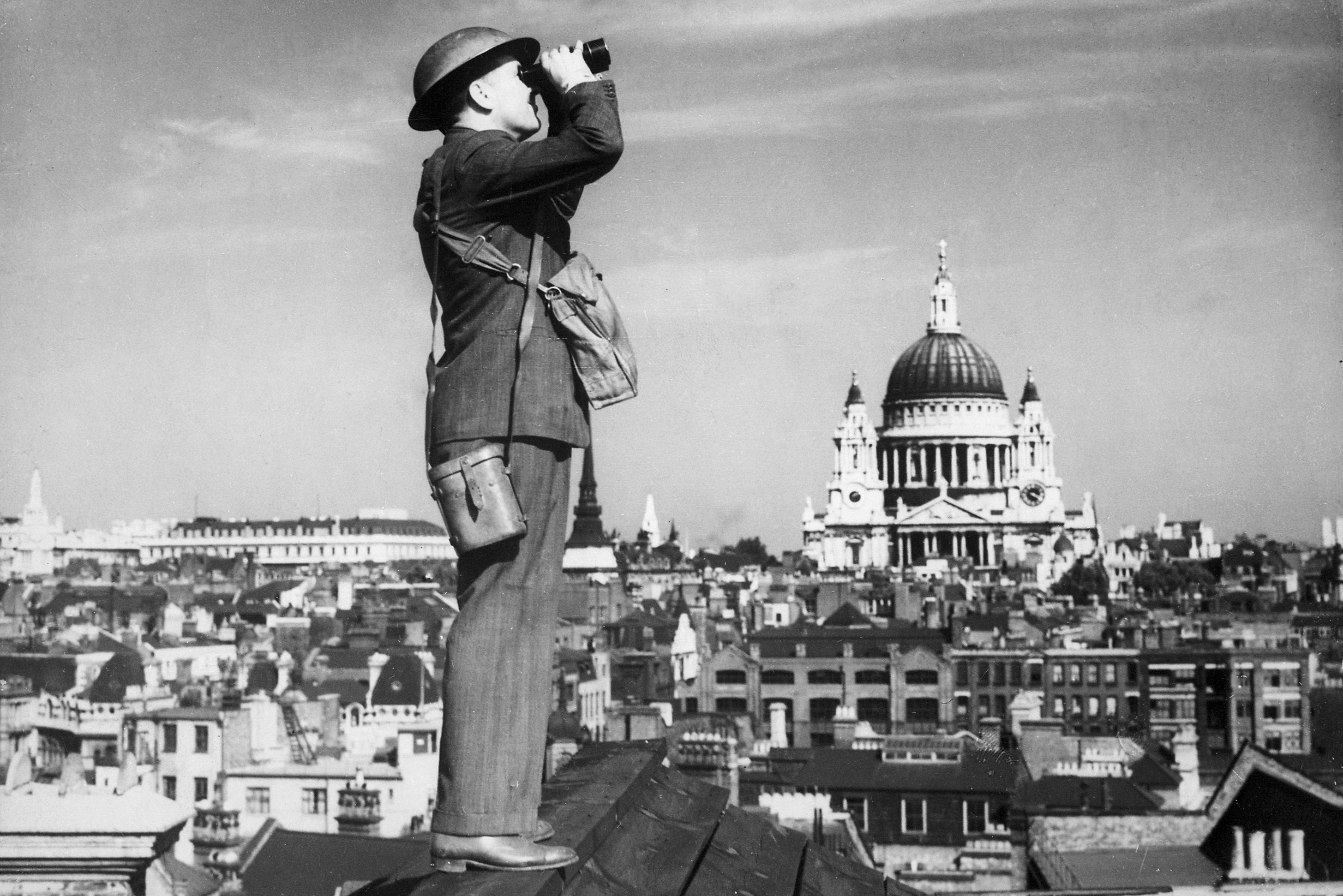The stories of the Top Ten British Battles of World War Two tells you much about Britain’s military history and the role that Britain played during the greatest military conflict of the twentieth century.
Clearly there can always be some argument as to which battles should be included in the top ten; others not included have a great claim. Those that have been chosen are the ones that played a significant part in the outcome or course of the war; sometimes not to Britain’s advantage!
All these battles were fought by British servicemen or where British serviceman played a significant part. Many of these British battles include a significant role played by Commonwealth countries notably Canada, Australia, New Zealand, South Africa and India. Let’s also not forget the people of Malta, nor American, Polish and Free French serviceman that contributed to the cause.
The order in which these battles are listed does not attempt to place them in order of importance or significance – that, perhaps, would be an impossible task! Each are listed in the chronological order of the date that they started and have been put in context with wider events at the time:

